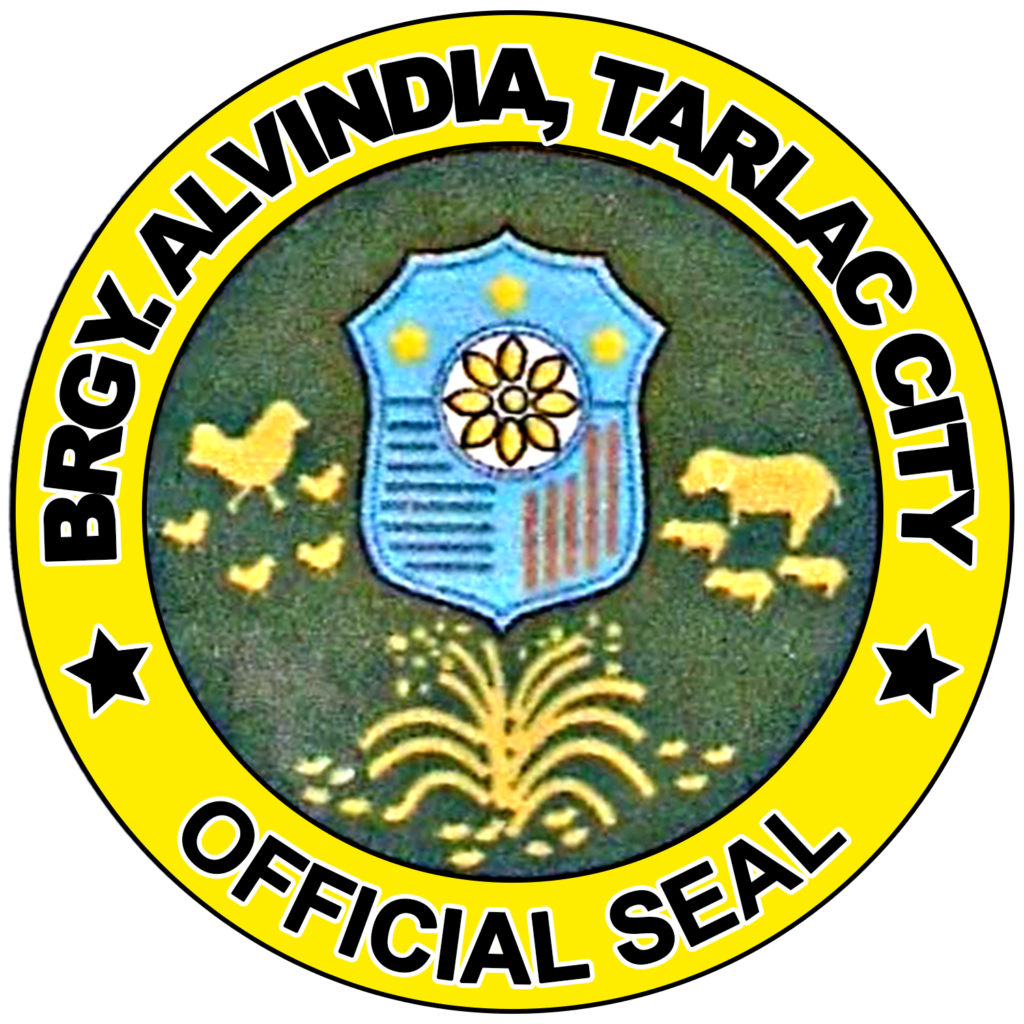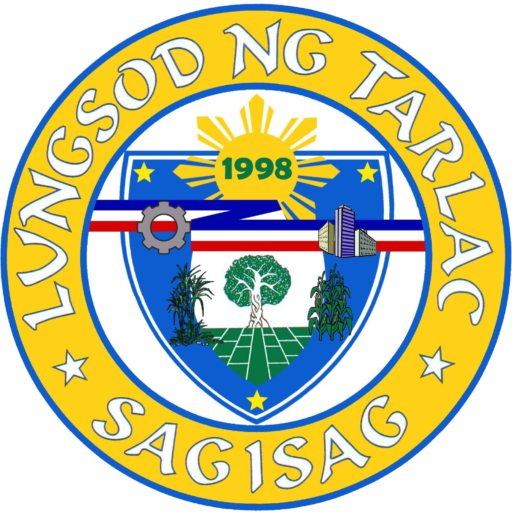
BARANGAY ALVINDIA HISTORY
Barangay Alvindia is located at the Northern part of Tarlac City. It is one of the 11 barangays enclosed in the North District Division of Barangays in Tarlac City. The Municipality of Gerona surrounds it on the North, Barangay Sta. Cruz on the West, Barangay Dalayap on the East and Southeast.
It is approximately 18.1 kilometers away from city proper. It has a total land area of 179.85 hectares wherein 96.5 hectares designate to an agricultural area and 83.35 hectares corresponds to residential area. It is also divided into 7 Zones namely Zone 1, Zone 2, Zone 3 to Zone 7.
Barangay Alvindia classified as Rural Barangay, it has a total population of one thousand two hundred twenty two (1,222) as of 2005, and a household population of two hundred twenty three (223).
Barangay Alvindia is also an agricultural barangay. Mostly 80% of the total populace in this area was acquiring their daily needs through farming. They cultivate palay, corn, vegetables, and vice versa depending on the season of planting. Poultry rising and piggery are also one source of their livelihood. The rest of 20% of the populace are professionals, laborer, OFW’s, employee, construction workers, drivers, and so on. Some have their own mini business such as sari-sari stores and so on.
This barangay was once called Alvindia Segundo with its counter Barangay Alvindia Primero now Sta. Cruz. “Al buendia” is the usual greetings of the Spanish people to the locals, which mean “Magandang Umaga”. However, Filipinos known from their accent, which turned “Al buendia” to “Alvindia”, that is why the name Alvindia was originated.
Mallari, Veloso, Macasaquit, and Abaccus family was among the pioneering families of this barangay.
Ninety percent of the total populations are Pampango, and the rest are Tagalog, Bisaya, Pangasinense, and Ilocano.
Barangay Alvindia celebrates their feast day every January 24-25 as a thanksgiving to the patron Saint Paul. St. Paul In his zeal for the Jewish law, which he believed to be the divine Cause of God, he became a violent persecutor of the Christians. He was one of those who combined to murder Saint Stephen, and then he presided in the violent persecution of the faithful which followed the holy deacon’s martyrdom.

